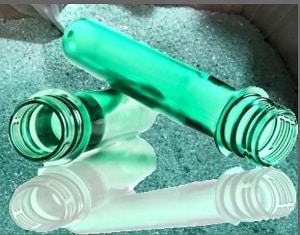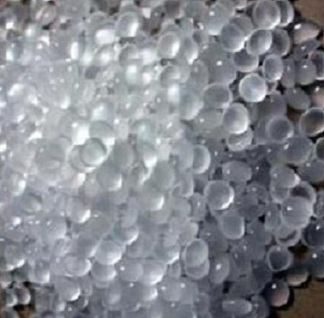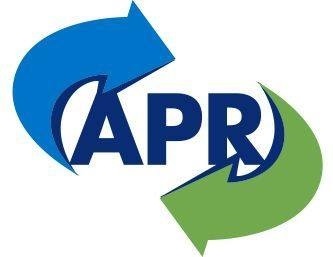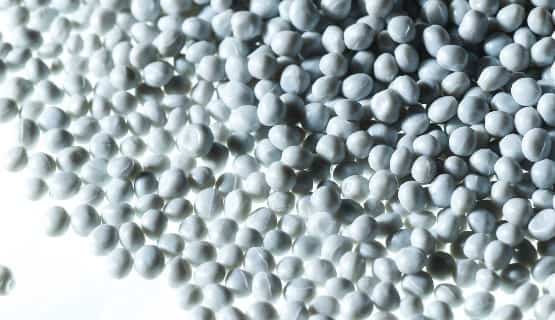Thermoplastics Petrochemicals Additives 13-06-2019 - Arhive
China – Polyethylene Terephthalate
PET and its chain are assessed mixed.
Crude oil continues its up/down.
Polyamide 6 and its chain are steady.
PET Bottle grade export 870/910 $/ton – PET Bottle grade domestic market 6,900/7,000 yuan/ton – PET Filament grade SD domestic market 6,500/6,600 yuan/ton – PET Filament grade BR domestic market 6,550/6,700 yuan/ton
PTA Taiwan 720/730 $/ton – PTA domestic market 5,450/5,550 yuan/ton – MEG 525/535 $/ton – MEG domestic market 4,250/4,350 yuan/ton – PX Korea 810/825 $/ton
Polyester POY 150D/48F domestic market 7,500/7,600 yuan/ton – Polyester DTY 150D/48F domestic market 9,150/9,250 yuan/ton – Polyester Staple PSF domestic market 7,250/7,350 yuan/ton

Crude Oil Prices Trend

Eastman Chemical Company announces Avra™ recycled performance fibers, transforming its existing performance fibers technology by producing with 100 percent post-consumer recycled PET material across the portfolio. This move underscores the company’s commitment to sustainability and moving towards a circular economy.
The new recycled Avra™ will offer the same quick drying times, wicking speeds and comfort as the brand’s previous virgin polyester product while helping reduce waste by upcycling post-consumer recycled PET bottles as feedstock for the fiber. This latest innovation from Avra™ will debut at the 2019 Outdoor Retailer Summer Market in Denver on June 18. Thermoplastics Petrochemicals Additives

-Summit Plastics enhances sustainable plastic offerings
Company uses BioLogiQ’s NuPlastiQ bioPolymers and bioBlend resins.
Tom Nathanson, president and CEO of Mississippi-based Summit Plastics, has announced that the company is using BioLogiQ Inc.’s line of BioBlend XP and XD resins to produce a variety of more sustainable, polyethylene- (PE-) based products, such as trash can liners, courier bags, shrink film for boats, retail bags, industrial films and single wound sheeting.
These blended resins start with BioLogiQ’s NuPlastiQ BioPolymer, which is made from natural, renewable resources such as plants, and contains 100 percent USDA (United States Department) Certified Biobased content. When NuPlastiQ is combined with traditional polyolefins, the resulting BioBlend XP and XD resins reduce fossil fuel-based plastic usage and greenhouse gas generation, Summit Plastics says. XP resins are used primarily to produce PE-based films, while XD resins are used primarily to produce high-density-PE-based injection and blow molded parts and packaging.

-Quebec’s textile companies to participate in ITMA 2019
More than 30 companies and organisations from Québec’s textile and apparel sectors have joined forces to participate in a special mission to ITMA 2019, in booth #UL-D108. The most important international exhibition for technological innovations in manufacturing and textile and garment technologies will be held in Barcelona, Spain, from June 20-26, 2019.
The initiative, led by TechniTextile Québec, the CTT Group, the Fashion Cluster mode and the Workforce Sector Committee in Textile (CSMO Textile), will enable the companies to learn about the latest technological advances, according to a press release on the show. Thermoplastics Petrochemicals Additives

-Europe PE, PP prices hold but lower upstream costs, US product could upend market
More polyethylene (PE) is expected to arrive in Europe in greater volume as capacities keep coming on stream in the US and elsewhere, particularly if trade flows continue to be affected by the US-China trade war.
– PE, PP prices supported by planned cracker outages
– Less-than-expected US PE arrives to Europe’s shores
– Lower upstream costs to influence sentiment
The extent of that US-origin PE influx, and the timing, will be key for European prices.
Most of the US’ new capacities are destined for export markets; while the destination of choice is Asia, political tensions on the back of the trade war, as well as the sheer volume of material coming on stream, mean that some of that material is bound to arrive in Europe.

-Making Co-Innovation Count in the Chemical Industry
When AmSty, which produces polystyrene and styrene monomer, announced this spring that it is partnering with Agilyx on a joint venture that will fully recycle post-consumer polystyrene and turn it into new products, Brad Crocker, president and CEO of Texas-based AmSty, hailed the venture and the circular recycling process that underpins it as a step “toward a new future for plastics recycling.”
To take that step, the joint venture, Regenyx, will use a process developed by Oregon-based Agilyx to convert used polystyrene products like foam cups, foam packaging and single-use picnic items back to their original liquid form, styrene monomer.

-Government offers £4.7m to drive up plastics and textiles recycling
The UK generates around 2.4m tonnes of packaging waste a year and in 2015, around 300,000 tonnes of clothing were sent to landfill or incinerated
The government has launched a £4.7 million fund to help boost the recycling of plastic packaging and textiles.
Organisations in England are invited to apply for a share of the fund for innovative solutions to drive up recycling of hard-to-recycle materials such as plastic trays, pots and tubs, plastic films and pouches, as well as the recycling of textiles when they have reached the end of their life.

-Scientists create bioplastic for food packaging that degrades in two years
It’s interesting that an article published in a prestigious publication like Phys.org would have scientific errors when it comes to plastics. I was astonished (in a negative way) when I read this headline of an article dated May 29, 2019: “Scientists create bioplastic for food packaging which degrades in two years.” Two years?

-APR: Plastics recycling infrastructure needs help
Scene from the June 2019 APR meeting.Brands across the globe are announcing goals to use high levels of recycled plastic. But the companies that actually deliver PCR to the market are predicting a major hurdle: supply shortfalls.
At the June meeting of the Association of Plastic Recyclers (APR) last week, the group’s president said the wider recycling system in North America today simply isn’t robust enough to deliver enough high-quality recovered plastic to meet all of the recycled content hopes being outlined by consumer product giants.
“It would be like asking a 1979 Chevette to meet today’s EPA emission standards,” said APR’s Steve Alexander in his opening remarks at the event.Thermoplastics Petrochemicals Additives

-Post-consumer PET and HDPE prices remain stable
The price of natural HDPE seems to have leveled out at a historically low level, falling only 0.6% over the past month.
The national average price of post-consumer PET beverage bottles and jars remains constant at 15.42 cents per pound. Last month, the average trading price was 15.54 cents per pound. This time last year, PET was trading at an average of 17.11 cents per pound.
The price of post-consumer natural high-density polyethylene (HDPE) from curbside collection programs decreased this past month. The national average price is now 20.72 cents per pound, compared with 20.84 cents this time last month. One year ago, the national average for this grade was 37.69 cents per pound. By comparison, highs of 52.69 cents per pound occurred in October 2014. Thermoplastics Petrochemicals Additives

